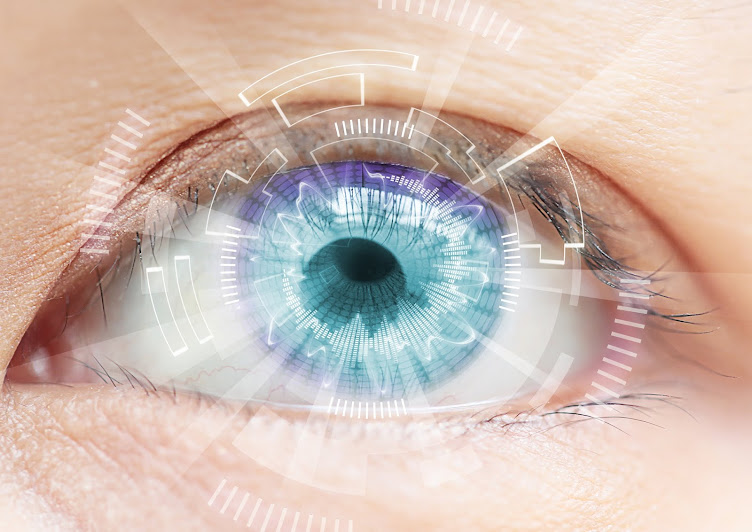C-Peptide
It helps carry blood glucose (blood sugar) into the body's cells, where it is used for energy throughout the body. It helps your body keep blood glucose at a healthy level. During the process of making insulin, your pancreas produces C-peptide. C-peptide and insulin both enter your bloodstream at the same time and in equal amounts.
C- Peptide test
C-peptide is measured in a sample of your blood or urine. Measuring C-peptide makes it easy to measure how much insulin your body is making.
Insulin is a hormone that your pancreas makes. It helps blood glucose (blood sugar) get to all the cells in your body, where it is used for energy. It helps a lot in keeping your blood glucose at a healthy level.
During this process, when insulin is made, your pancreas produces C-peptide. C-peptide and insulin enter your bloodstream at the same time and in equal amounts. C-peptide does not affect your blood glucose levels, and it stays in your blood longer than insulin, making it easier to measure accurately.
The C-peptide test provides important information to help the body understand, monitor, and treat disease, including how well your body is making insulin for conditions such as hypoglycemia (low blood sugar) and diabetes.
During this process, when insulin is made, your pancreas produces C-peptide. C-peptide and insulin enter your bloodstream at the same time and in equal amounts. C-peptide does not affect your blood glucose levels, and it stays in your blood longer than insulin, making it easier to measure accurately.
The C-peptide test provides important information to help the body understand, monitor, and treat disease, including how well your body is making insulin for conditions such as hypoglycemia (low blood sugar) and diabetes.












